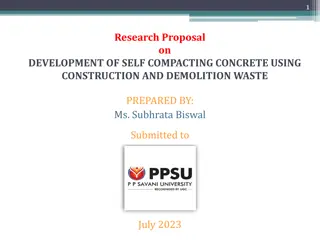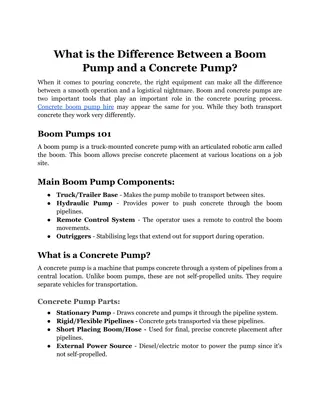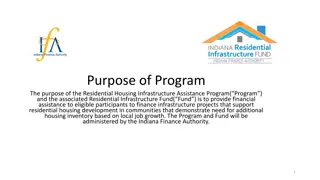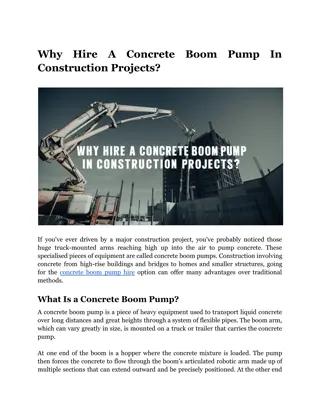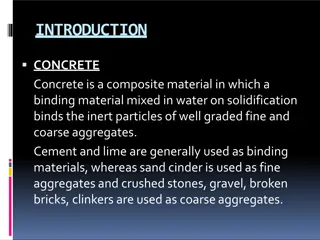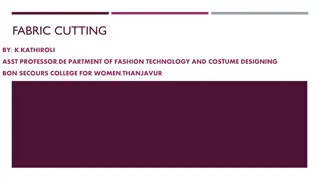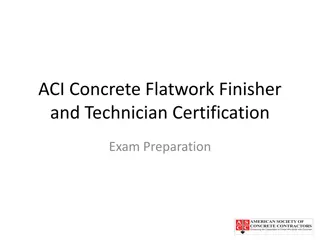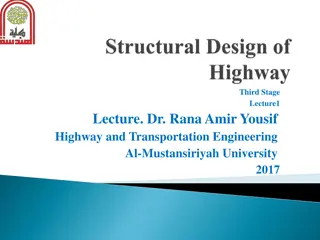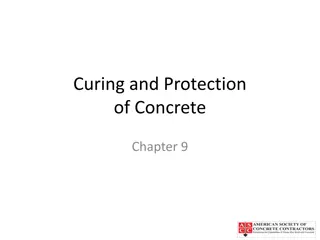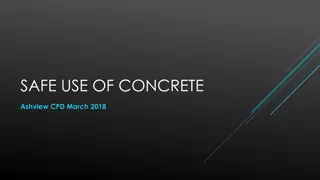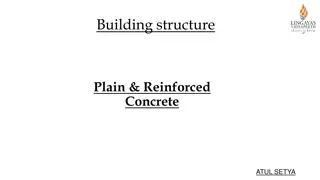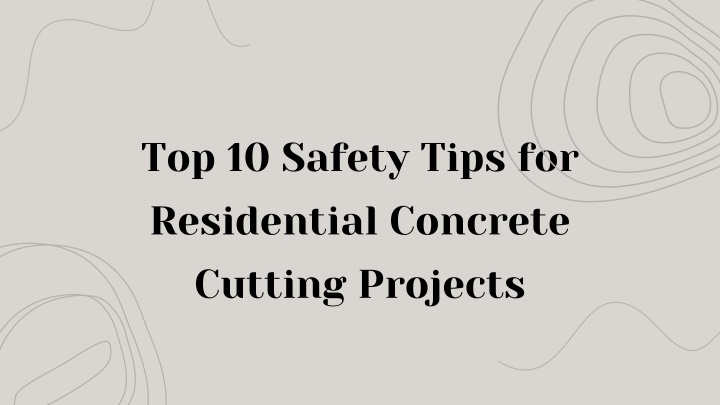
Top 10 Safety Tips for Residential Concrete Cutting Projects
Top 10 Safety Tips for Residential Concrete Cutting Projects
Download Presentation

Please find below an Image/Link to download the presentation.
The content on the website is provided AS IS for your information and personal use only. It may not be sold, licensed, or shared on other websites without obtaining consent from the author. If you encounter any issues during the download, it is possible that the publisher has removed the file from their server.
You are allowed to download the files provided on this website for personal or commercial use, subject to the condition that they are used lawfully. All files are the property of their respective owners.
The content on the website is provided AS IS for your information and personal use only. It may not be sold, licensed, or shared on other websites without obtaining consent from the author.
E N D
Presentation Transcript
Top 10 Safety Tips for Residential Concrete Cutting Projects
01 02 Choosing the appropriate concrete- cutting tools is vital for both efficiency and safety. Depending on the scope of your project, you may need handheld concrete saws, walk- behind saws, or diamond blade cutters. Personal protective equipment is essential for protecting yourself during any concrete- cutting project. Always wear safety goggles or a face shield to protect your eyes from dust and debris.
03 04 Inspect your tools and equipment to ensure they are in good condition. Check that blades are sharp, equipment is free from defects, and all safety features, such as blade guards or emergency shut-off switches, are functional. Make sure the area around the cutting zone is clear of obstacles, debris, or flammable materials. A clutter-free work area reduces the risk of tripping or distractions and makes the cutting process more efficient.
05 06 Cutting concrete creates substantial dust, which can be hazardous if inhaled. To minimize exposure to harmful dust, use wet-cutting methods or employ dust collection systems attached to your equipment. Open windows and doors, or use industrial fans to improve airflow and reduce the concentration of dust and fumes. In confined areas, consider using a respirator to safeguard against toxic exposure.
07 08 When cutting concrete, it s important to use proper techniques to ensure both safety and accuracy. Always follow the manufacturer s instructions for the tool you are using. When using heavy machinery or tools for concrete cutting, make sure the equipment is stable. For instance, if using a walk-behind saw, ensure it is positioned on level ground to prevent tipping.
09 10 One of the most dangerous risks in residential concrete cutting projects is accidentally cutting into hidden utilities such as water pipes, electrical lines, or gas lines. Always check blueprints or conduct a utility survey before cutting to identify the locations of these utilities. Make sure a fully stocked first-aid kit is available on-site, and all workers are familiar with its contents. Additionally, ensure that the contact information for emergency services is readily accessible.
Thank You Concrete Cutting & Coring


